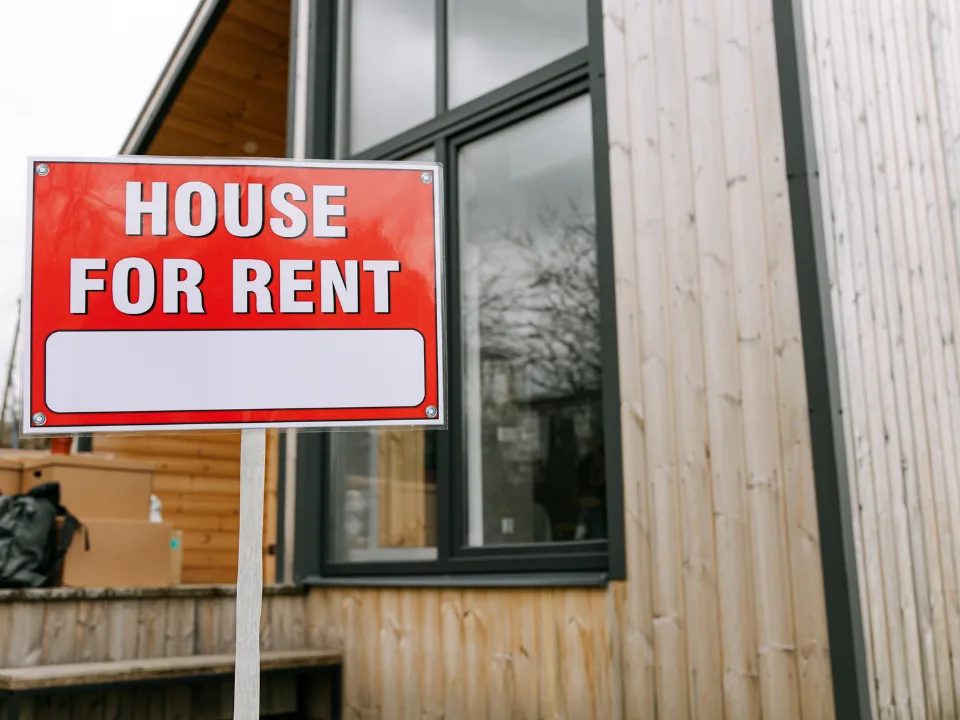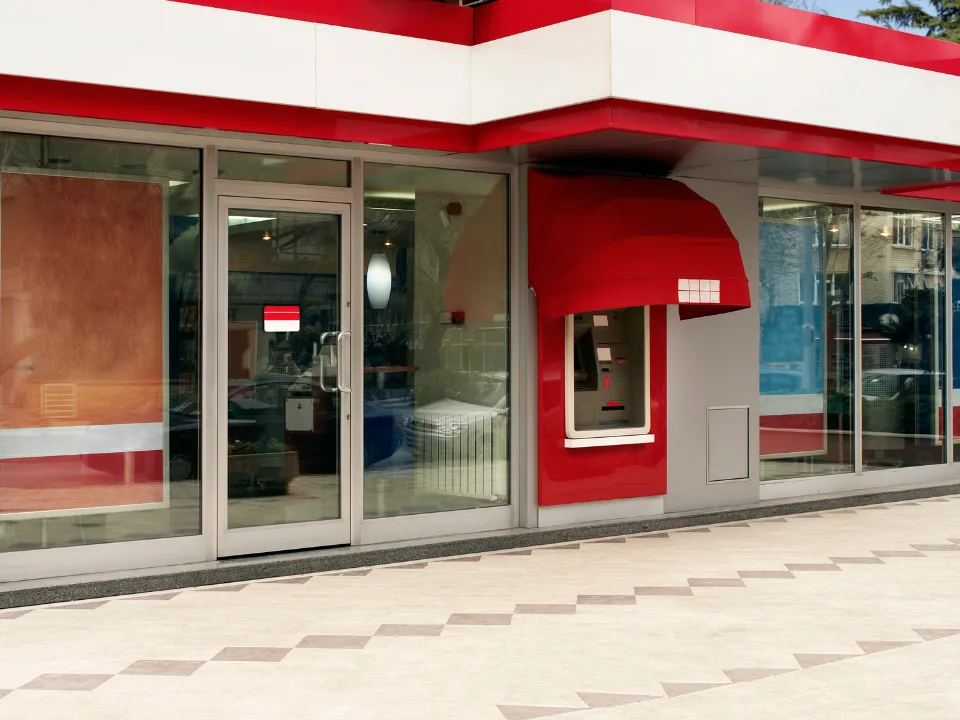Debunking CRE Exposure to Banks
According to a recent Moody’s Analytics report, regional banks’ share of CRE Debt may be overestimated.
Together with
Good morning. A new report from Moody’s Analytics challenges the prevailing narrative of a looming downturn in the commercial real estate industry. Meanwhile, net apartment demand rebounded into positive territory in 2023’s 1st quarter, ending a streak of three straight quarters of negative absorption.
Today’s edition is brought to you by AirGarage, the end-to-end solution for parking lot owners to boost their revenue and reduce operating expenses.
📬 Want to share the CRE Daily? Click here to forward this email.
BANKING CRISIS
Regional Banks’ Share of CRE Debt Overestimated, Says Moody’s Analysis
If you’ve been keeping up with recent news, you may have noticed a concerning narrative around the state of the commercial real estate industry and the financial risks posed by regional banks. However, a new report from Moody’s Analytics offers a different perspective on the troubled sector.
A new perspective: The report indicates that the percentage of commercial real estate (CRE) debt held by 135 US regional banks with assets ranging from $10 to $160B is only 13.8%, significantly lower than the earlier estimates of 65-80%. Moody’s also pointed out that despite rising interest rates, the CRE and regional banking sectors are better equipped to handle credit pressures than they were during the Global Financial Crisis (GFC) 15 years ago.

Share of Outstanding $4.5 Trillion US Debt Backed by Income-producing Multifamily and Commercial Real Estate by Lender Type
Better capitalized: The report suggests that the commercial real estate debt market is in a better position to withstand a bank liquidity crisis, thanks to lower leverage, increased cushion in asset pricing, and a wider range of debt sources available to borrowers. Banks are also better capitalized and have access to more credit facilities to prevent contagion.
More diversity: Moody’s emphasized that although there may be more regional bank failures, CRE will be supported by a diverse group of lenders, including large banks, investment trusts, life insurance companies, and private bridge lenders. These lenders will help fill any potential gaps in CRE lending. However, loans will have higher interest rates and larger debt service coverage ratio thresholds compared to ones that originated between 2013 to 2018.
➥ THE TAKEAWAY
Big picture: Moody’s analysis indicates that weaker commercial real estate properties may experience a cyclical correction due to higher borrowing costs and stricter underwriting requirements, leading to an increase in maturity default rates. However, the sector and its lenders are in better shape than before the GFC, with manageable downcycles. Still, around 40% of borrowers with maturing loans may require additional equity capital to refinance successfully within the next two years.

CRE Loan Maturities, by Lender Type, through 2024. Source: Mortgage Bankers Association, as of March 2023
TOGETHER WITH AIRGARAGE
Property Owner Abandons Lease, Boosts NOI 41.6%
Paul, the owner of a 130-space parking lot in Chicago’s Fulton Market, wanted to increase his property’s net operating income (NOI). Despite the area’s retail rent growth, Paul’s lot was not seeing any improvement. His parking operator paid a fixed lease amount and provided no revenue transparency.
That all changed when AirGarage approached Paul with a better deal.
After conducting a parking revenue audit, AirGarage’s data showed that the parking lot generated far more revenue than Paul’s current lease suggested. By converting to AirGarage’s full-service parking management, with a transparent revenue share agreement, Paul saw an immediate increase in monthly income.
As AirGarage began implementing features like dynamic pricing and enhanced enforcement, revenue continued to grow throughout the year.
Within the first year of working with AirGarage, Paul saw a 41.6% NOI increase.
Don’t settle for outdated lease structures and hidden revenue data. Talk to the team at AirGarage to find out how they can help you maximize your net operating income and unlock the full potential of your property.
MULTIFAMILY MALAISE
Positive Net Apartment Demand Offers Hope for Multifamily Sector
Rising interest rates, consumer prices, potential layoffs, and uncertainty over a potential recession have all led to lower transaction volumes and rent growth for multifamily. But there’s some positive news for owners and operators, says RealPage.
Positive momentum: In Q1 of 2023, net apartment demand returned to positive territory after three consecutive quarters of negative absorption. The U.S. apartment market added 19,243 net new renters during the first quarter of 2023, RealPage Market Analytics reports. While this marks progress from last year’s negative net absorption, the recent uptick still lags behind the 95,237 freshly completed units, culminating in the softest Q1 since 2013.
Navigating the rough refi road: Property owners who require financing face added strain as multifamily refinancing has become expensive. This is just one of many challenges resulting from the current economic conditions. However, occupancy rates have decelerated and stabilized at 94.7% in March, matching pre-pandemic averages.
Asking rents: Despite ongoing economic challenges, the multifamily sector has shown resilience and signs of recovery. Rent growth has slightly accelerated, with new lease effective asking rents for same-store properties rising by 0.3% in March, indicating an upswing in the sector’s performance. While this increase is lower than the decade’s average, effective asking rents increased by 3.9% YoY, falling below 4% for the first time since April 2021.

➥ THE TAKEAWAY
Glimmers of hope on the horizon: US apartment occupancy and rents are currently returning to normal after a period of unprecedented disruption caused by the pandemic. Recent trends suggest that normal seasonality is returning to the market after a three-year absence. While the 1st quarter numbers are in line with forecasts of demand improvement for 2023, upcoming months are critical for apartment owners and managers due to the significant new supply on the way this year. Despite this, apartment fundamentals remain in solid shape, even if it’s nothing like the crazy highs of early 2022.
🌐 Around the Web
📖 Read about how Chick-fil-A is nearing $19B in sales, with average drive-through locations raking in $8.5M each in QSR’s 2022 Drive-Thru Report.
🖥️ Watch this Nareit interview with Taryn Fielder, EVP of Veris Residential (VRE), who discusses how her role as a general counsel for both an office and multifamily REIT informs her expectations for 2023.
🎧Listen to Vincent Knipp, senior managing director of investments at Marcus & Millichap’s (MMI) Dallas office, discuss net lease investment sales on this episode of The Fort with Chris Powers.
📰 Daily Picks
-
CMBS market slows: The CMBS market has experienced its slowest period in over a decade due to higher rates and widening bond spreads, leading to fewer new CMBS loan issuance and more loans heading to special servicing.
-
Do your due diligence: CRE professionals should research a company thoroughly before changing jobs to ensure interests are aligned and to optimize their work experience. Here’s why.
-
Measured Mideastern investments: Despite the high capital reserves of Middle Eastern sovereign wealth funds, their real estate investments have become more measured and strategic due to economic uncertainty.
-
Tycoons’ fortunes shift: Despite the pandemic, many real estate moguls added to their fortunes this year, while Donald Trump and other real estate billionaires saw their net worth decrease.
-
European buys big: A European investor agreed to pay more than $35M for a fully leased building in Chicago’s Fulton Market district, signifying the area’s high demand.
-
CRE debt countdown: Almost $1.5T of US CRE debt is due for repayment before the end of 2025, raising concerns about defaults, especially as small and regional banks face deposit outflows. European real estate issuers have more than €24B due.
-
Bid of the day: Westside Investment Partners lodged a $102.1M bid for the Banyan Cay Resort and Golf Club, with several bid protections.
-
Twitter plot twist: Elon Musk’s longstanding feud with Twitter’s San Fran HQ landlord has entered a new chapter. Now Musk wants changes made to the building, including painting over the ‘W’ in the Twitter sign to change it to ‘Titter.’
-
Lone Star revamp: GrayStreet Acquisitions, partnering developer Midway, and San Antonio have been working to redevelop the Lone Star Brewery, with construction potentially beginning by the end of the year.
-
Proptech firms pivot: Due to the housing market slowdown and limited VC funding, proptech firms are pivoting their products and focusing on profitability to survive the next 18–24 months.
-
Warehouse workforce woes: The warehousing sector saw a substantial job reduction amid sluggish goods movement. U.S. employers cut 11,800 warehouse jobs from February to March, further shrinking the industry’s workforce.
📈 Chart of the Day

The Rosen Report
Commercial real estate’s gold standard, the office towers located in the heart of the biggest cities, is facing a negative feedback loop of decreasing value and disappearing liquidity. This loop affects all but the newest and best buildings and the banks holding their debt. These towers, which were once reliable sources of revenue for owners, lenders, and city governments, are now struggling to maintain their status.
What did you think of today’s newsletter? |




















